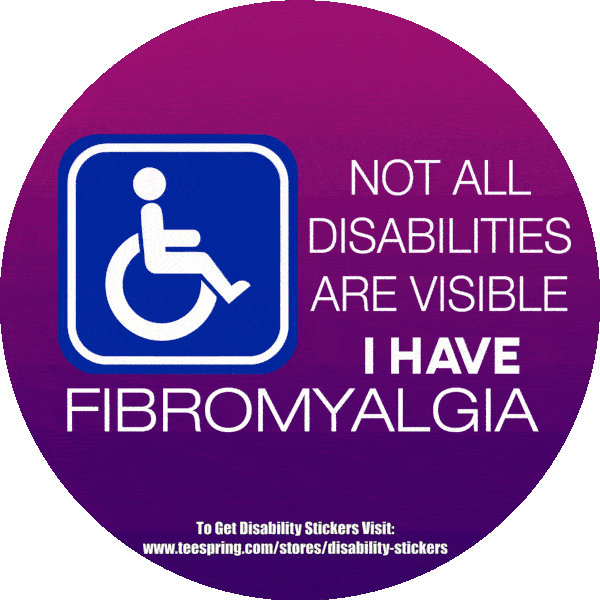One of the most widespread complaints from people with fibromyalgia and chronic fatigue syndrome is how dreadful cold climate can be. The cold seems to get into our bones and make everything tighten up and ache. At the same time, many of us are heat responsive, and some are responsive to both heat and cold.
This makes it hard to manage no matter the weather or climate you live in. To manage the symptom, it takes paying attention to your environment and how it’s impacting your body, and thinking ahead for those times when you know you’ll be dealing with extremes. The cold can make our skin injure, and when we get frozen it can be absurdly tough to warm back up.
Winter can be a difficult time for many people because of the cold weather, minimal sunlight, and shorter days. But what’s surprising, is that weather that’s a bit on the cold side can actually be somewhat comforting for people with fibromyalgia. Most will say that the warm and humid months are bad for their pain Cold weather is less likely to make one sweat and can have beneficial effects on the pain centers in the brain.
On the other hand, if you have ache and other fibromyalgia symptoms, you might feel unenthusiastic effects in areas with tremendous cold in the winter or when the temperature fluctuates a large deal. “A cold breeze blowing across an already-energy-deficient muscle will throw it into shortening, and shortened muscles are the primary and key cause of pain. If you feel like your fibromyalgia symptoms are bad in the winter, you’re not unaccompanied.
Many people who deal with the daily struggles of fibromyalgia report that cold weather seems to aggravate their symptoms, causing more pain and fatigue. Here are some ways to help.
Dress appropriately for the weather
Taut clothing can often be a trouble for people with fibromyalgia symptoms, so go for lukewarm yet loose-fitting clothing. Dressing in layers can permit you to live toasty and also rapidly adjust by removing a coat if you get too warm. To help struggle the cold when you have to head outside also, make certain to have the suitable accessories, like gloves, hats, scarves, and warm boots. Lengthy underwear beneath your clothes can also have a considerable impact on reducing your pain, as well as aid in therapy. Wearing t-shirts, night clothes or long underwear made of fur can be as efficient as medication at dropping pain levels in fibromyalgia patients.
Wear layers
Wearing layers in cold weather is helpful for fibromyalgia patients because it allows you to adapt to the changing weather conditions, especially when you go from outdoors to indoors and vice versa. You can wear layers externally to stay lukewarm, but take off some external layers when you go in the house so that you don’t become inflamed, which may become a trigger in itself.
Be vigilant about sweat
Blot off the perspiration and change into dried up clothes as soon as possible if you discover yourself sweating in the winter. Nothing causes chills that direct to fibromyalgia symptoms more than being soaked from your own sweat.
Take a warm bath at night
Taking a lukewarm or hot shower before bedtime is a calming habit that you might decide just because it’s pleasant. Make the baths special. Keep candles next to the bathtub. But further than just being a calming pastime, a warm bath can have healing benefits for fibromyalgia patients, too. The lukewarm water will take the coldness out of your skeleton and leave you feeling relaxed. Relieving those bone-chilling winters should decrease your pain levels sufficient that you can float into a soothing sleep. Taking warm bath every night will have the secondary consequence of warming your bones and taking away any chill that’s causative to fibromyalgia ache and symptoms.
Stay dry
Getting exercise in the open air is excellent for everybody’s physical condition, even for people who have fibromyalgia and even when the temperatures are freezing. However, fibromyalgia patients have to use watchfulness about getting perspiring, mainly during the winter. Sweat will cool on the skin speedily when the temperatures are frozen, which can lead to feeling very cold and finding it hard to warm up once more. Go ahead and benefit from an afternoon ice skating or spade the snow if you must; working up a sweat is fine for you. Just be sure to change back into dry clothes as soon as possible.
Try hand warmers
Store-bought hand warmers that generate heat when you open them can also ease fibromyalgia symptoms. You can purchase goods in the outdoor or camping sector of the store that you pop open and use to generate heat. These hand warmers can assist your hands stay warm when you’re outside the home. Because contact to cold causes ache in the hands and fingers for many fibromyalgia victims, it’s significant to have access to liberation from the cold as soon as possible.
Say no to the nightcap
Drinking alcohol is a terrible thought for most fibromyalgia victims, particularly during the winter. Alcohol dilates your blood vessels, which can cause you to lose heat even faster than usual.
These daily strategies should help ease symptoms. However, if you discover that winter flares make you unhappy, you might need to think a move to a warmer, dry climate. Granted, this is not a solution that will work for everyone, but if your quality of life suffers for three or more months out of the year, it’s worth considering.
References:
- what happens when fibromyalgia flares up during winter via The Chronic Body Pain
- Fibromyalgia and Winter Blues: Finding Your ‘Hygge’ by Jessie Arnold via The Mighty
For support and Discussion join the group “Living with Fibromyalgia and Chronic Illness”
Subscribe to our website for Email notification of our new Posts. Like and Follow us on Facebook. Swipe Left to Read more on Fibromyalgia or Click Here ..
